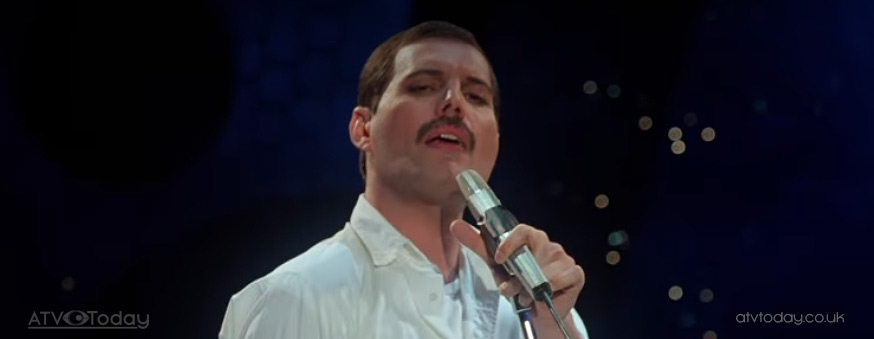Esteban Bravo and Beth David bring new visuals to Freddie Mercury’s Love Me Like There’s No Tomorrow
The video for Love Me Like There’s No Tomorrow tells a story of love and the fight against AIDS.

Earlier this year producer Dave Clark released a new version of Time Waits For No One.
“Of the many responsibilities we have to our artists, safeguarding their legacies is perhaps the most important one. As far-reaching and as radical a legacy as Freddie Mercury’s, it is our duty to ensure he continues to provoke, educate and inspire.” – Dave Rocco, EVP, Creative, UMG
Earlier this week to mark Freddie Mercury’s 73rd birthday and the work of the Mercury Phoenix Trust, Universal Music Group released a new video by directors Esteban Bravo and Beth David.
Bravo and David have produced the visuals for Mercury’s Love Me Like There’s No Tomorrow, with animation from Woodblock. The visual accompaniment to Mercury’s 1985 track honours his life and legacy in a compelling short story about the power of love while continuing to bring awareness to the global fight against AIDS.
“In speaking with Jim Beach about ‘Love Me Like There’s No Tomorrow,’ we knew this piece had to be made in Freddie’s image: honest, brave and most of all, beautiful. We wanted to tell a story not of two men, but rather of a connection and the ineffable power love has in conquering incomprehension and fear. It is a reflection of the thread that runs throughout Freddie’s oeuvre. It is what made him “never boring,” and part of why his magic lives on.” – Dave Rocco, EVP, Creative, UMG
Love Me Like There’s No Tomorrow released on Freddie’s birthday, September 5th, is taken from Never Boring, the definitive Freddie Mercury solo collection, which will be released worldwide on October 11th 2019 through Universal Music Group, Hollywood Records & Mercury Records.
In researching the HIV/AIDS virus and the way it affects the body’s immune system, the directors were inspired to take a look at the story through a more microscopic lens. It is a love story between two white blood cells, one of which has become infected by the virus.
This perspective gave viewers a more direct visual representation of the conflict, which allowed the video to explore the more nuanced struggles the characters face in their relationship with each other, their perceptions of themselves, and society’s perception, bias, and neglect of them.
“We wanted to tell a story that was relevant to Freddie’s life, but not explicitly about him. The AIDS crisis of the 1980s is a huge part of LGBT+ history, and it’s something that we knew needed to be handled with care. It’s a fine line to walk between shedding light on a subject, and perpetuating a stigma, and we were cautious not to lean into tropes and stereotypes that might hurt the modern understanding of the AIDS virus, rather than help it.” – Directors Esteban Bravo and Beth David
Bravo and David add that ‘LGBT+ community fought for years for the right to proper research and healthcare, and because of that fight, millions of lives have been saved. We wanted to celebrate that victory. Through perseverance, strength, and love, our characters not only survive, but live long, healthy lives together.’

